In our rapidly changing world, technology is no longer just a tool; it’s a force reshaping how we live, work, and communicate. The digital transformation is not something to be feared, but an opportunity to evolve and adapt. Whether you’re a busy professional trying to juggle work, family, and personal life or simply someone curious about how technology impacts daily living, understanding the future of digital is key to thriving in a tech-driven society.
The Digital Shift is Here
The digital world is already affecting the way we work. Tools like cloud computing, artificial intelligence (AI), and machine learning are transforming industries, making jobs more efficient and, at times, more flexible. Remote work has become a standard practice, fueled by digital communication tools like Zoom, Slack, and Teams. This shift has allowed employees to work from anywhere, improving work-life balance and opening up opportunities for those previously restricted by location.
For instance, take the example of remote working tools that make collaboration possible no matter where team members are located. The rise of online platforms such as Google Workspace, Microsoft 365, and project management tools like Asana are breaking down barriers, helping people connect and work seamlessly. This transformation isn’t just about technology, it’s about creating a more flexible, interconnected world.
Digital in Everyday Life
Digital transformation isn’t limited to business and work; it extends to everyday life. Shopping, education, healthcare, entertainment—everything has gone digital. Online platforms like Amazon, online learning resources like Coursera, and health apps such as MyFitnessPal are part of the new digital ecosystem that makes life more convenient, accessible, and even personalized.
Take the healthcare sector, for example. Telemedicine has gained incredible traction, especially since the COVID-19 pandemic. People can now consult with doctors remotely, making healthcare more accessible and efficient. Apps like Teladoc and Doctor on Demand have made it easier for people to get medical advice from the comfort of their homes, reducing the need for physical visits.
Preparing for the Future
While the digital world has brought significant changes, there are more innovations on the horizon. Automation, AI, and the Internet of Things (IoT) will continue to shape the way we live. For instance, smart homes are becoming more common, allowing us to control lights, security systems, and even appliances from our smartphones. AI assistants like Amazon’s Alexa or Google Assistant help with tasks, reminders, and daily routines, simplifying our lives.
So, how can we prepare for a future dominated by digital technology? Here are a few tips:
- Embrace Lifelong Learning: Digital tools and technology are constantly evolving. Stay updated by taking courses in fields like AI, data science, or digital marketing. Websites like Udemy, LinkedIn Learning, or even YouTube can help you stay sharp.
- Leverage Technology for Efficiency: Use tools like time management apps, virtual calendars, and project management platforms to streamline tasks. Whether you’re managing a team or organizing your day-to-day life, these tools can save you time.
- Stay Flexible: Be open to change. Digital transformation means that what works today may not be the solution tomorrow. Adaptability will be a key skill in navigating the future.
- Prioritize Cybersecurity: As we go digital, security becomes paramount. Use strong passwords, enable two-factor authentication, and keep your software updated to protect personal data.
Conclusion
The future is undeniably digital, and it’s happening now. From the way we work to how we engage with the world, technology is transforming every aspect of our lives. By embracing digital change and staying informed, we can not only keep up but thrive in a world driven by innovation.
Remember, it’s not about fearing the future it’s about preparing for it. The future is digital, and the opportunities are endless for those ready to embrace the transformation.
